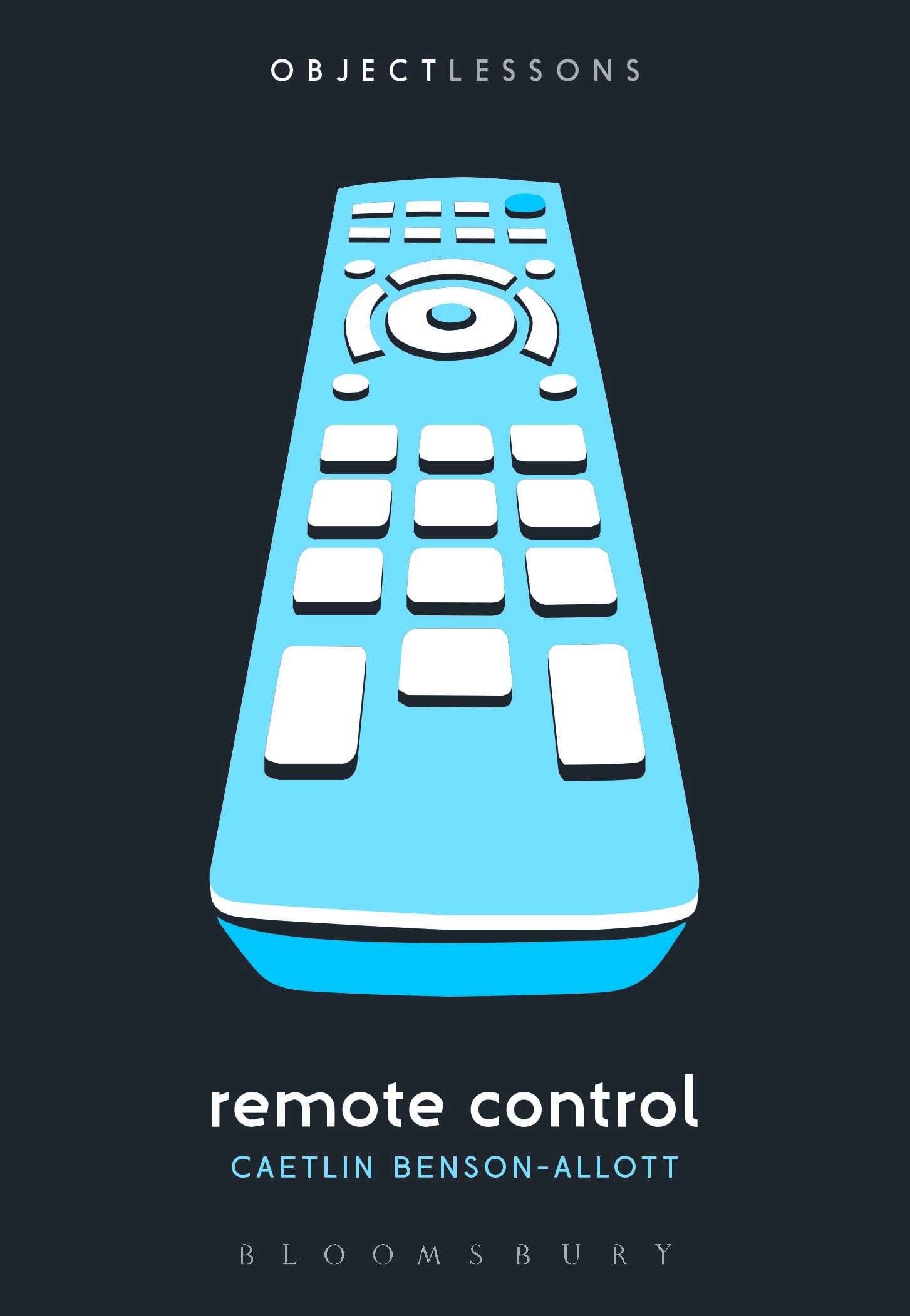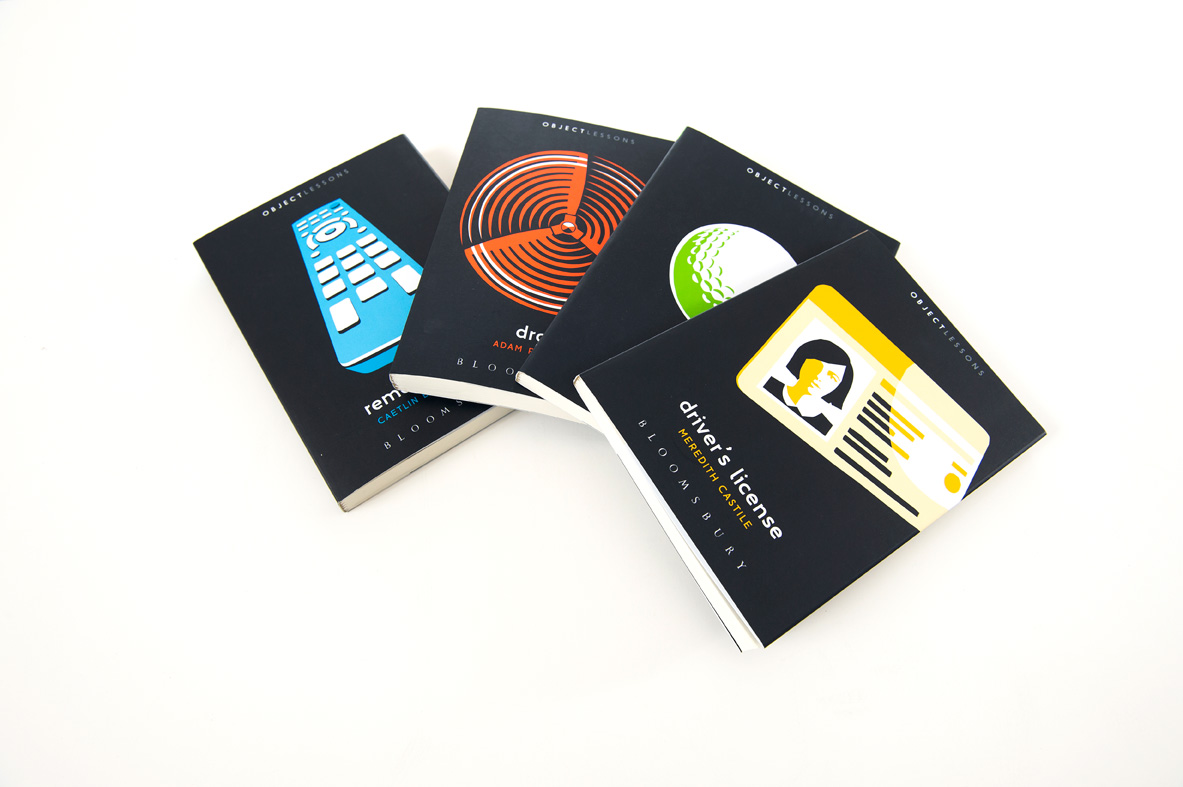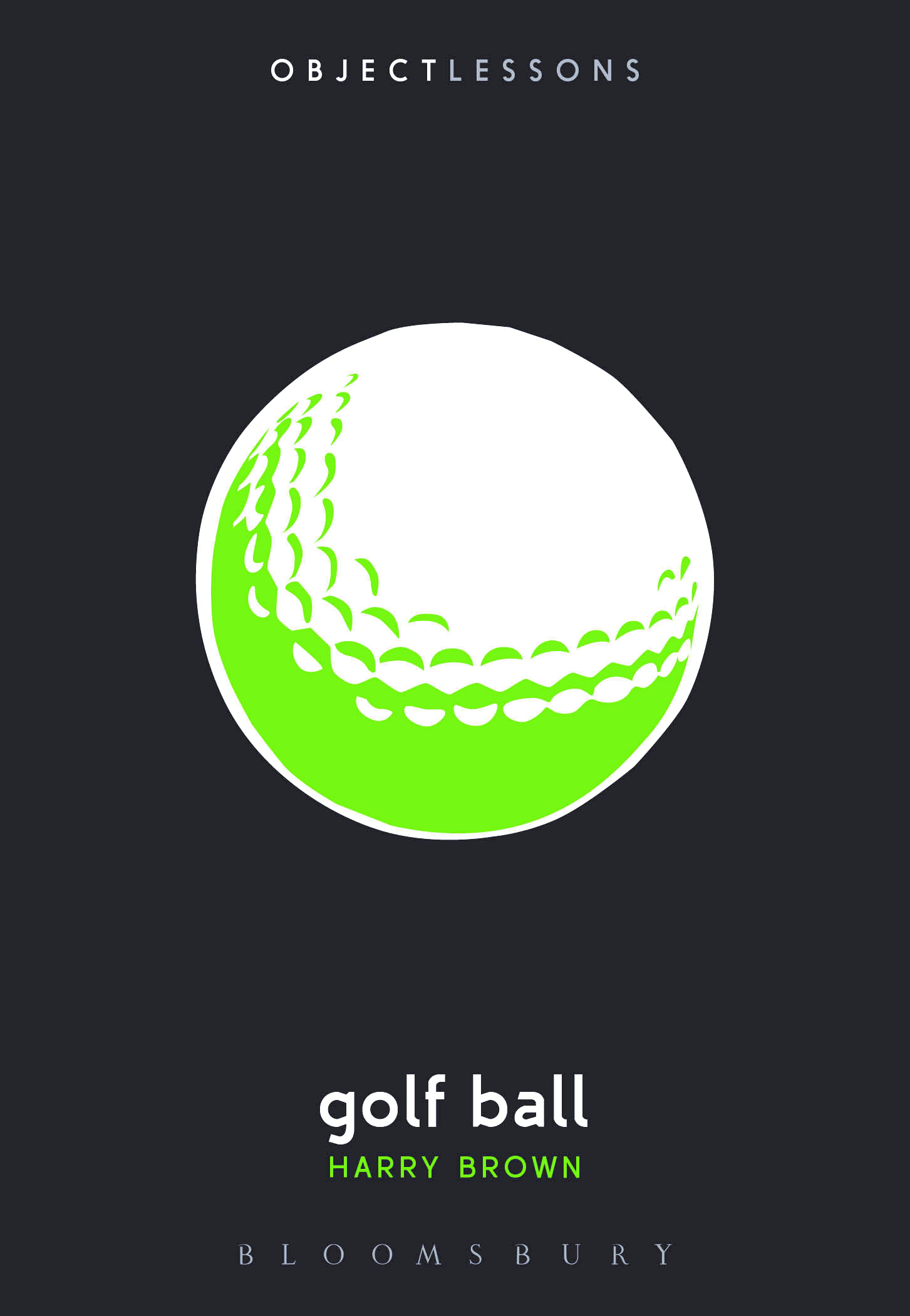
Remote Control
While we all use remote controls, we understand little about their history or their impact on our daily lives. This book offers lively analyses of the remote control’s material and cultural history to explain how such an innocuous media accessory can change the way we occupy our houses, interact with our families, and experience the world. From the first wired radio remotes of the 1920s to infrared universal remotes, from the homemade TV controllers to the Apple Remote, remote controls shape our media devices and how we live with them.



 Amazon
Amazon






